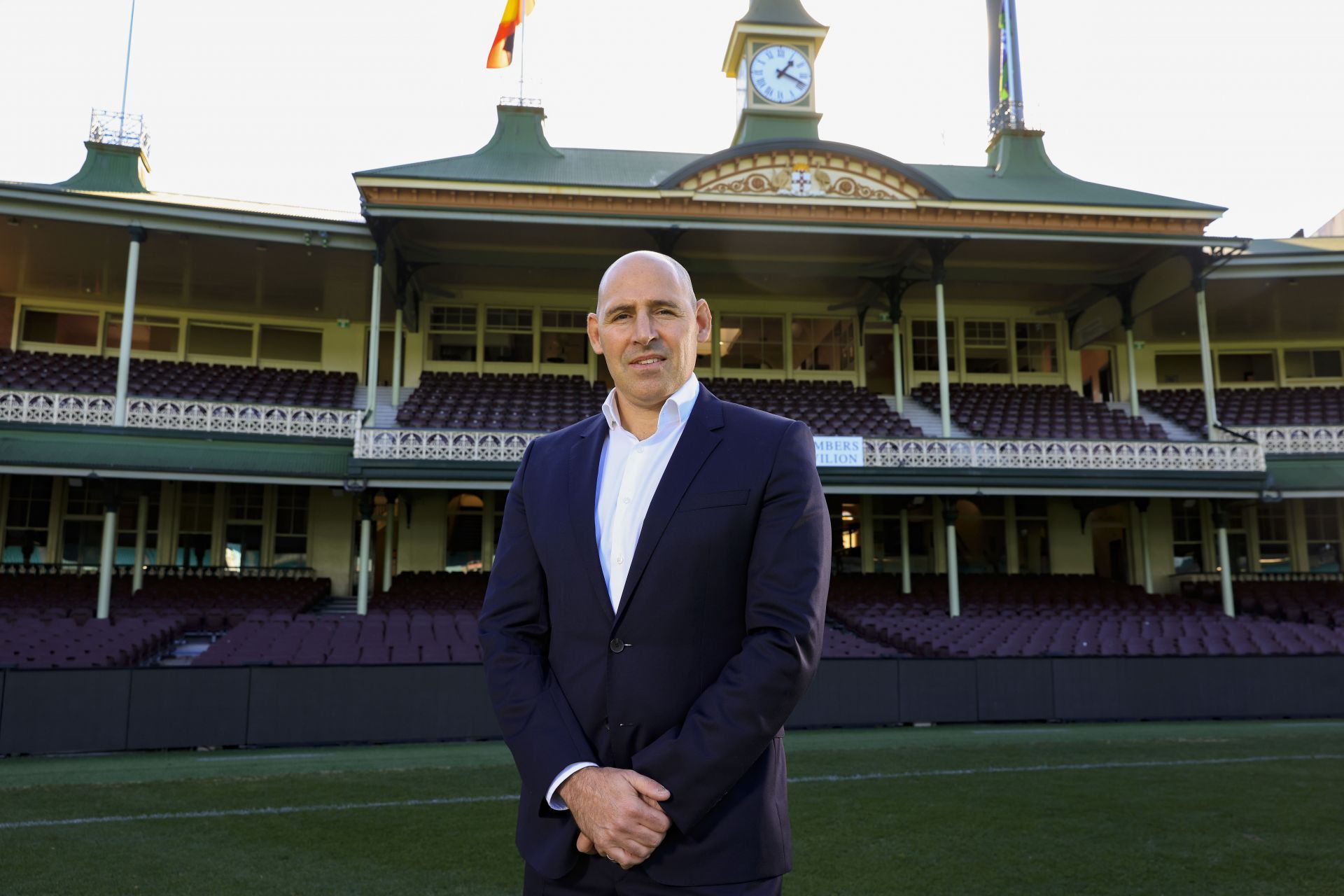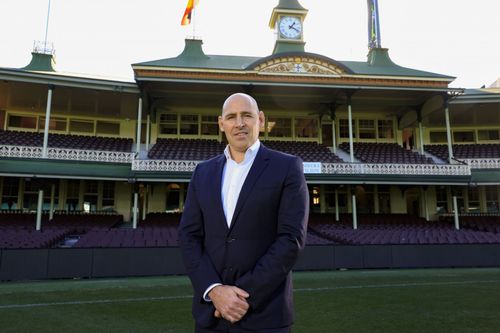
Embarrassing Ashes broadcast issues explained

Cricket Australia (CA) has been consigned to apologize over an embarrassing 30-minute period on Day 4 of the first Ashes Test during which a partial or full loss of the match's broadcast occurred.
For 15 minutes, play at the Gabba was not viewable as broadcasters scrambled with no footage, before two cameras were eventually rebooted. However, with only two cameras, it left the broadcast scenes on Channel 7 and Fox Cricket akin to a match from the 1960s for a further 15-minute period.
The technical blackout was attributed to a failure within the primary generator fused with the back-up generator, which malfunctioned in Brisbane's roasting summer temperatures. Play was able to continue throughout the mishap, although remote broadcasters and fans alike were struggling to follow proceedings.
The lapse in the feed could also have altered the outcome of the match due to the absence of a third umpire, but thankfully no off-field official was required during the 30-minute period.
CA chief executive Nick Hockley was forced to apologize for the error following the match.
"There was a power problem with one of the generators in the outside broadcast compound. I just want to say thank you to everyone working extremely hard to get that back up and running as quickly as possible and again, can only say sorry to all the fans," he said speaking to ABC Grandstand.
Due to Queensland's stringent border controls, large parts of the broadcasting fraternity were also relying on the screens to broadcast the match from Sydney and Melbourne. This was especially the case for the radio networks who relied on their minimal personnel on the ground at the Gabba to call the action.
CA 'warned' about Gabba broadcast risks
The Sydney Morning Herald reported that Fox Cricket warned CA for several months about the technical risks of staging a match at the Gabba with a "skeleton crew."
The Gabba is the only major cricket ground in Australia where the mains power supply is deemed insufficient to power broadcast trucks, devices and cameras to project cricket onto screens around the world. This puts it at odds with the SCG, MCG, the Adelaide Oval and even Bellerive Oval.
Consequently, Gabba fixtures are broadcast via primary power derived from a huge, diesel-fueled generator, as well as secondary power from a back-up generator, which are both hired.
Queensland's border controls again meant only a third of the technical broadcast staff were allowed to enter the state. The appropriate expertise was not present to fix any issues and ensure a smooth broadcast of the match in what is a highly technical environment.
Disappointingly, the gap in broadcast pictures was just the most obvious infraction within a suite of globally embarrassing technological errors for CA during the first Test.
Ben Stokes—in his return to international cricket— dislodged David Warner for 17, only to find out the delivery was one of 14 no-balls that he had bowled in the session. Broadcast issues again meant that the third umpire was not monitoring the no-balls on Day 2, and seemingly neither were the on-field umpires.
Such intervention by either umpire may have caused Stokes to readjust his run-up and avoid taking a wicket with a no-ball, as well as righteously award Australia further sundries to their total.
Later in the match, the "snickometer," a sensitive microphone used by broadcast teams to detect faint edges, malfunctioned and was unavailable as a key tool in the Decision Review System (DRS). Border issues again meant experts were not present to fix the microphone.
It proved to be pivotal as Australia's review of Dawid Malan's wicket in the second innings was deemed inconclusive to overturn the on-field umpire's not-out decision, partly due to the absence of 'snicko'.
A full array of DRS and broadcast measures are expected to return for the second Ashes Test at the Adelaide Oval, which begins on Thursday (December 16). South Australia has also tentatively opened its borders to New South Wales and Victoria, allowing the majority of the broadcast members to travel to the game from Sydney and Melbourne.
The Australian broadcasters in Channel 7, Fox Cricket, ABC Grandstand, SEN Radio and Triple M will all be welcoming the avoidance of similar gaffes in Adelaide.